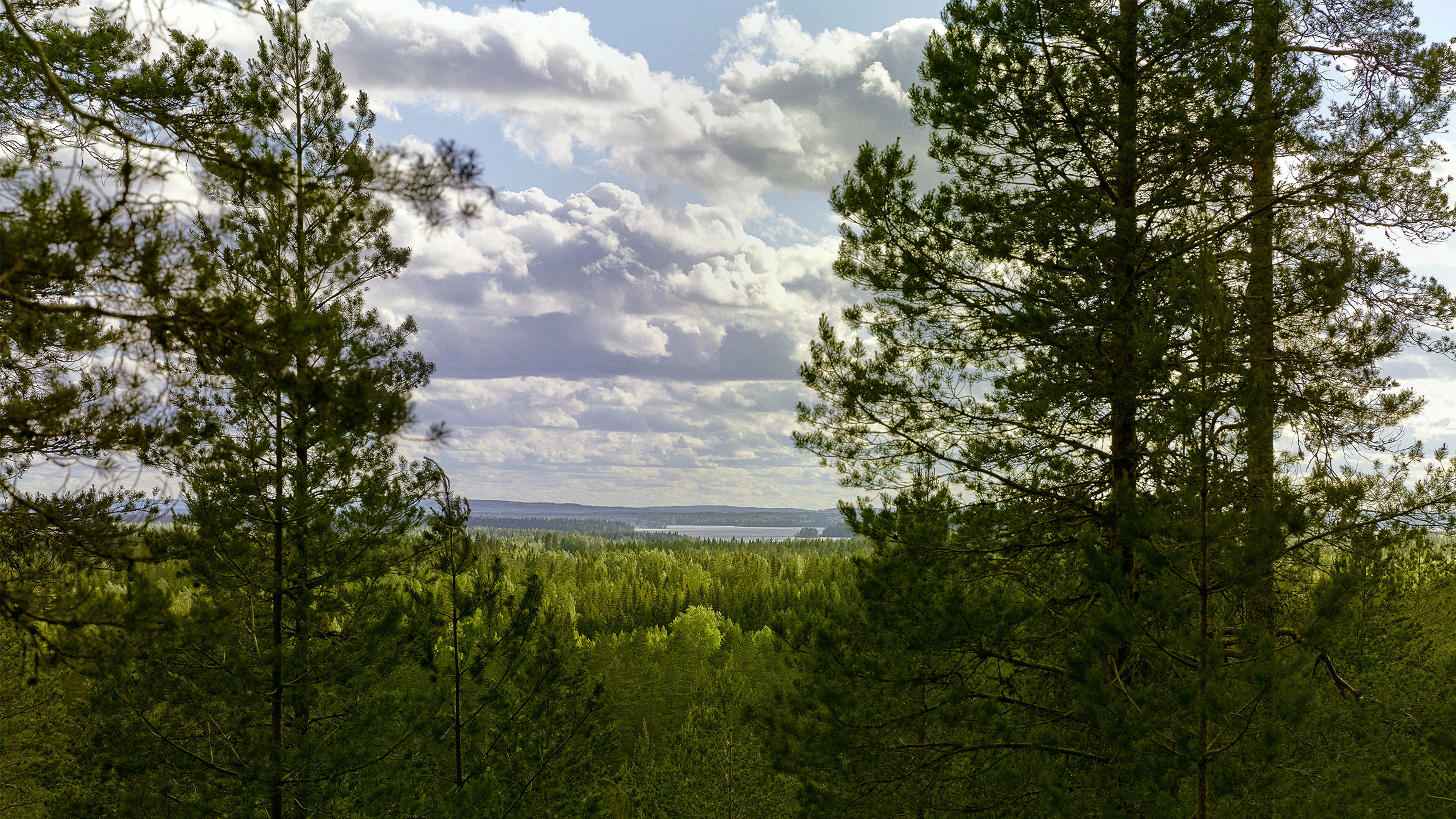The construction of the Kemi bioproduct mill of Metsä Fibre, part of Metsä Group, has progressed according to plan and on schedule. The bioproduct mill is built using Best Available Techniques (BAT) and even more advanced technology in some cases.
“For example, there will be no increase in the site’s impact on waterways despite production volumes almost tripling. We can operate without fossil fuels because our lime kilns are fuelled by gas from the bark of trees. And the bioproduct mill’s sulphuric acid unit converts odorous gases into sulphuric acid,” says Sari Tupitsa, Environmental Manager.
Despite increasing production, the emissions from the new bioproduct mill will remain below the emission limits laid down in the environmental permit for the existing Kemi mill. The Vaasa Administrative Court approved the environmental permits for the bioproduct mill in November 2022.
“We have very strict environmental permit conditions, which have been taken into account very well in the mill’s design and construction.
Tupitsa considers calmness and cooperation skills important in her work.
“The ability to focus on the essentials is definitely an asset. For example, it’s important to understand the many details of the mill’s environmental permit.”
Best lessons are learned through personal experience
Tupitsa already worked in a similar role in the bioproduct mill project in Äänekoski, where she gained experience and learned many lessons.
“Our cooperation with the environmental authorities and our partners is open and professional. Openness and cooperation are important for resolving any problems. We know from experience that if there are issues to be resolved, the best way forward is through interactive discussions.”
A typical working day for Tupitsa also includes preparing written reports and analysing environmental issues. With the mill’s builder’s various partners, Tupitsa is responsible for environmental monitoring during the construction period and works closely with the environmental authorities, the Regional State Administrative Office of Lapland and the Lapland ELY Centre.
The high environmental efficiency of the bioproduct mill means that local residents enjoy tangible benefits like a closed cooling water cycle in the mill, which discharges heat into the air instead of the water. There will be no new impacts on ice in front of the mill, and the conditions for moving on the ice will remain unchanged. In spring and winter, people like to go out on the sea ice off Kemi, skiing, walking or sledging.
The noise and traffic from the mill have also been reduced.
“We have built noise barriers in the wood processing area and on the northern side of the mill to reduce the noise from the mill in its surroundings”. Due to the efficiency of the treatment of reduced sulphur compounds, there is no odour nuisance during normal mill operation. The sulphuric acid unit will produce sulphuric acid from the sulphur compounds contained by odorous gases. This helps close the mill’s chemical cycle even further and significantly reduces the purchasing of sulphuric acid for the mill, while reducing traffic volumes.
Tupitsa expects the project to reach a high point in the third quarter of 2023, when the bioproduct mill will start operations.
“A good working practice includes schedules that are kept to. Just as the whole bioproduct mill project has a start and an end that guide the construction, my work is also guided by specific dates.”
“I’m proud of how well the construction has gone alongside Metsä Group’s mills that are currently in operation in Kemi. The situation was the same in Äänekoski, where production was going on at the same time with the construction of a new mill. It’s great to see how well professionals can do these things simultaneously.”
Extensive piling work was carried out at the bioproduct mill construction site in Kemi. Again, the working methods were chosen to minimise the noise emissions to the environment and vibration in the mill area. In addition, the work was mainly carried out during daytime.
“There were hardly any complaints, which I think is a good indication that the piling work went well.”
Open public meetings every six months and meetings with local community associations ensure that residents are informed about issues affecting their environment.

